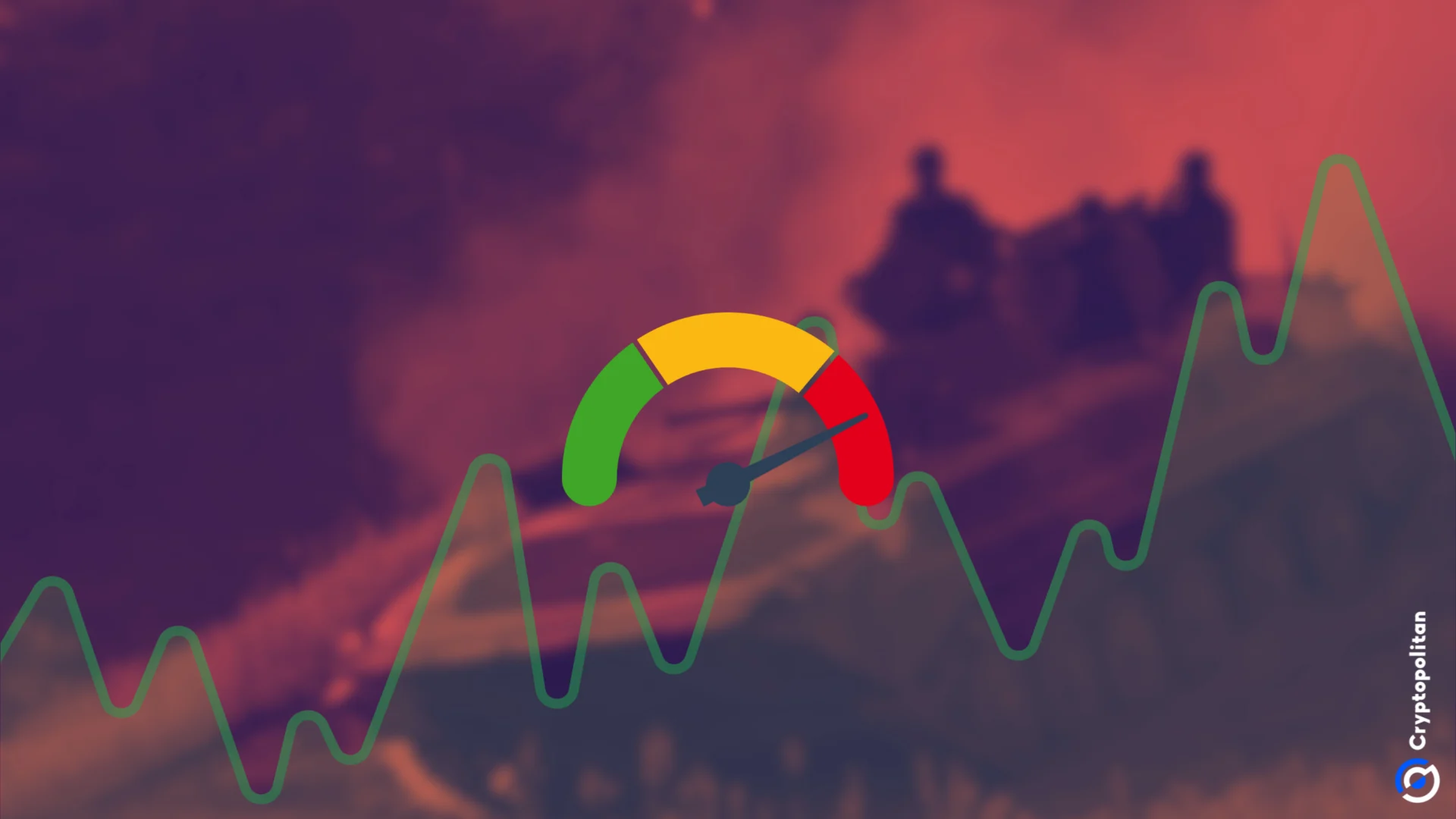The US stock market took a hit on the last day with the Nasdaq losing over 1% as investors grew cautious after Iran fired missiles at Israel. While the broader market declined, energy stocks surged as US oil prices settled up 2.4% and defense stocks saw gains as well.
The global crypto market also saw massive red indexes as the fear and greed index returned to the “Fear” territory. As the tension escalates, experts suggest that we are on the brink of World War 3. However, when Russia invaded Ukraine, the S&P 500 index fell by a huge 11% in just 3 months.
Oil surges, S&P dips
Iran’s missile attack on Israel has already sent oil prices reaching $74.56 and $70.94 per barrel. Markets are now pricing in a real risk of a major war for the first time in months. Historically, the S&P 500 falls by around 2% on average when major conflicts begin. The total average drawdown comes to around 8.2%. But other factors like a recession play a crucial impact in the overall scenario.
Kobessie Letter mentioned that in a non-recession, the average 12-month return is positive 9.2%, compared to negative 11.5% during a recession. The economic environment plays a crucial role in shaping market returns.
During World War 2, after witnessing an initial drop, the S&P 500 soared as markets viewed the war as a chance for economic expansion in the US. Post-Pearl Harbor attack in 1941, US markets surged mostly fueled by government spending and military production.

As the war ended in 1945, the DJIA had climbed to approximately 200. But the recent conflicts are very different.
What did 9/11 teach us about market crisis?
Kobessie presented the most recent example of the 9/11 attack as it happened during a time when the economy was already in a recession. This also happened when the Federal Reserve started hiking interest rates similar to what they have been doing since 2022. The S&P 500 fell 18% in 12 months.
A more recent example would be the 9/11.
This happened during a time that the economy was already in a recession.
Interestingly, this came at a time when the Fed has been hiking interest rates as they were doing since 2022.
The S&P 500 fell -18% in 12 months after 9/11. pic.twitter.com/JVk0vPvgyt
— The Kobeissi Letter (@KobeissiLetter) October 1, 2024
It highlighted that after looking at a large batch of major geopolitical tensions since 1941, 1-day returns are almost always negative, and markets bottom in 22 days after major geopolitical events and recover in 47 days. It is expected to see a similar timeline play out now.
What about Fed cuts?
The broader macroeconomic actions have a major impact on what happens to stocks ahead. War-time stock performance during rate cut cycles also needs to be considered, not only during a war-time recession.
The Federal Reserve has just kicked off a rate cut cycle with a 50 bps cut. Data suggests that a 25 bps cut results in an average S&P 500 return of positive 10% in 3 months and in around 15% in 12 months. It needs to be compared to the negative 15% return in 12 months when starting with a 50 bps cut.
The biggest digital asset has been a drop of almost 4% in the last 24 hours but it is still up by 46% year to date (YTD). Bitcoin took a plunge straight from a $66,000 price level to $61,000 in just 2 days.










